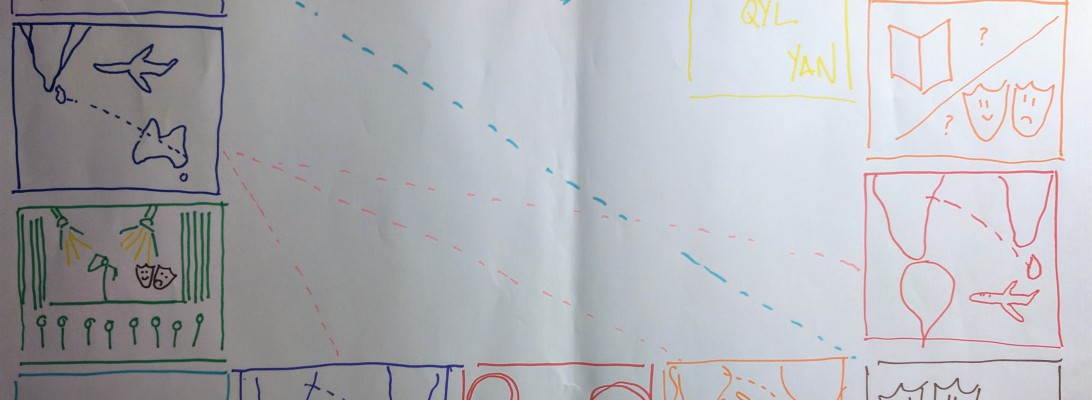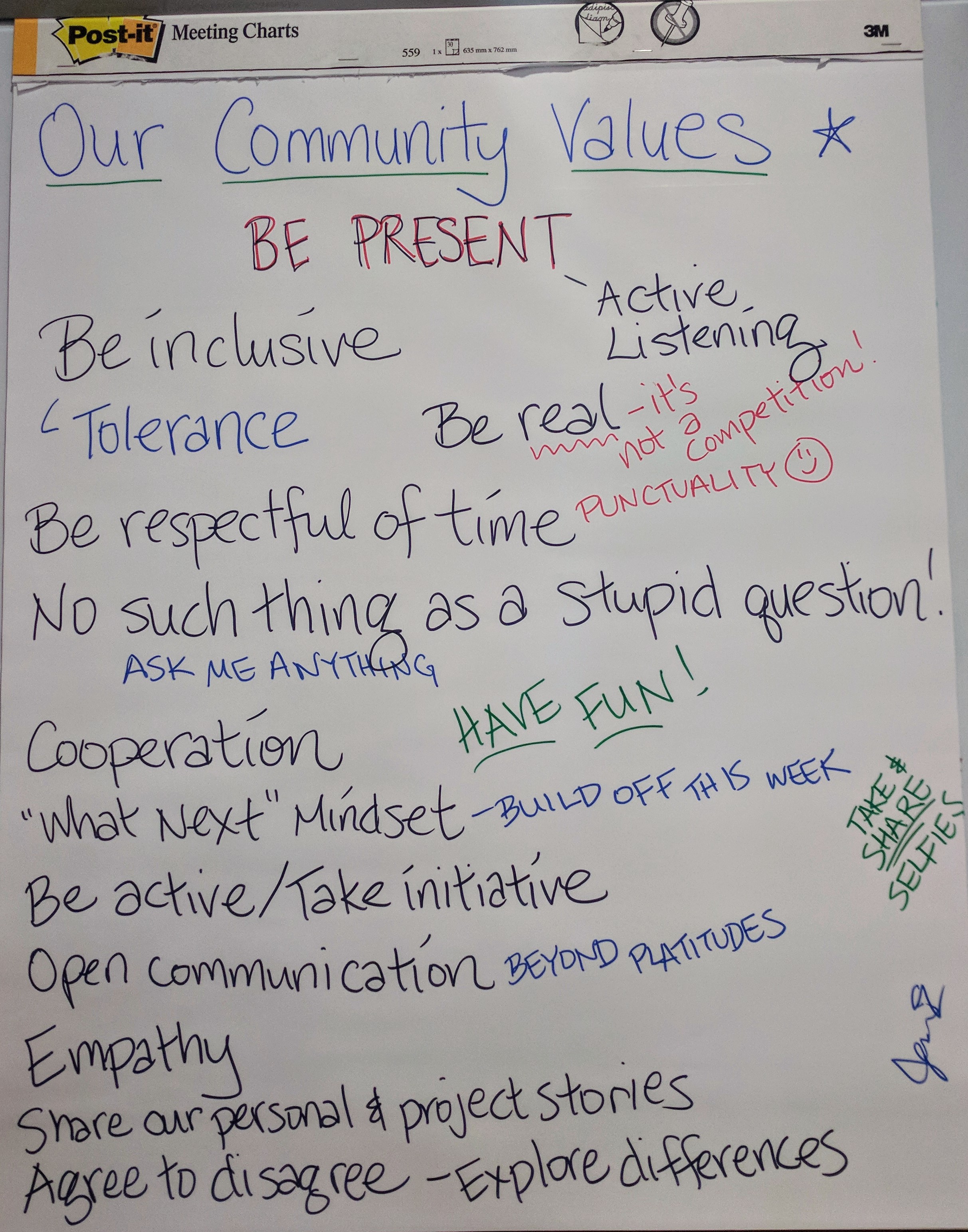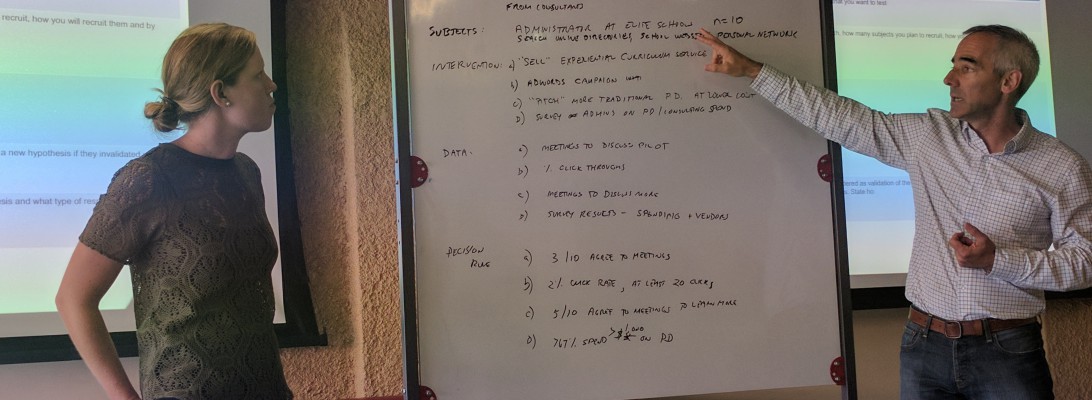Welcome to Spin Casino, a leading gaming platform enjoyed by players worldwide. With a diverse catalog of countless casino https://spin-casino-nz.com games, you will find top titles in a safe and safe environment. We feature hassle-free ways to deposit and withdraw funds, letting you enjoy your games effortlessly!
Our games can be played on PC, tablet, and mobile devices, ensuring flexibility for every player in New Zealand.
Top Games on Spin Casino
From desktop to mobile, Spin Casino lets you place your bets quickly from your smartphone or tablet and access the best titles. Designed by industry leader Microgaming, each game features high-quality graphics, captivating sounds, and multiple gaming options.
With an extensive choice of slots, Spin Casino delivers an exciting casino gaming experience. Choose from classics like Blackjack, Roulette, Video Poker, and Baccarat.
Experience Real-Time Gaming at Spin Live
Enjoy an enhanced gaming experience with a new level of realism with Spin Live! Our live casino offers the excitement of real-life gaming, featuring professional dealers hosting immersive games like live blackjack, poker, baccarat, craps, and roulette.
Benefit from fast video streams, welcoming dealers, and generous payouts, offering superior play. Our live casino games are verified and approved by trusted regulators, ensuring a secure environment. Special features such as Pre-Decision and Bet Behind in live blackjack, and live roulette’s stats history, enhance our live gaming truly engaging!
Experience Las Vegas Vibes with Spin Vegas
Can\92t travel to Las Vegas? Spin Casino offers Las Vegas excitement to your doorstep! Spin Vegas can be accessed from any location, on any device. Play on your PC, Mac, iPhone, iPad, or Android device and enjoy clear graphics and impressive features every time.
Spin Vegas is the ideal way to experience Microgaming\92s best games. With over 400 world-class slot machines boasting exciting themes, great wins, and profitable bonus options, you will enjoy the true magic of Sin City online.
Spin Sports: Your Sports Betting Hub
Spin Sports is a top choice in mobile and desktop sports betting. Featuring strong odds, extensive betting markets, excellent customer service, high-level security, and comprehensive sports coverage, Spin Sports delivers a complete betting experience.
Bet on your favorite sports such as tennis, cricket, rugby, horse racing, football, and basketball, or check out niche sports like table tennis, darts, and snooker. You’ll find top markets for unique events, including politics and entertainment. Don\92t miss our guides to explain various sports, take advantage of highly competitive live odds, and boost your bankroll with big promotions.
Spin Esports: Bet on Your Favorite Games
Haven\92t experienced esports betting yet? Now\92s the time! With esports becoming more popular, more players and larger competitions make for an thrilling betting experience. Spin Esports provides leading games like League of Legends, Dota 2, Overwatch, and Counter Strike: Global Offensive.
Bet on local events or major tournaments, predict the winning team, point gaps, and the first kill. Watching skilled esports athletes is engaging, and with huge rewards through Spin Esports, it\92s better than ever!
Live Betting Action with Spin InPlay
Why choose pre-game odds when Spin InPlay delivers the thrill of live betting? Place your bets during the game, race, or tournament and modify as the action unfolds.
Feel the thrill of real-time betting with solid live odds and the chance to use your instincts as the game progresses. InPlay betting events update regularly, so be sure to check what\92s available each time you log in. Enjoy generous bonuses, reliable service, top security, and compatibility with any device.
A Secure Platform
Spin Casino is a leading platform for NZ casino players, with payout rates around 97% to bring you exceptional winning opportunities!
Our payment options are easy to use and fully secure (with options like Visa, Mastercard, Neteller and more). With SSL encryption, your gaming and transactions are safe, letting you game with confidence.
Take on the Dealer in Real-Time
For those who seek the classic casino atmosphere alongside the best of online gaming, Spin Casino offers real-time dealer games. Chat with professional dealers and players worldwide.
A variety of cameras showcase the games, whether it\92s Blackjack or Roulette. Go for 21, pick a lucky number, and watch the wheel turn. Place real bets with top-notch gear and benefit from expert hosts.
Join Now to Begin
Browse an extensive variety of games, including Video Poker, Baccarat, slot machines, and top-rated casino games at Spin Casino. Feel free to get familiar with the site and choose the game that\92s right for you. Our customer support is here to help, and our FAQ section answers frequently asked questions.
Enjoy bonus games and jackpots around the clock with the latest games. Our platform is easy to use and convenient. Feeling lucky? You might be our next big winner with one of our exciting jackpots!



